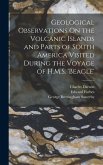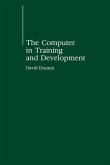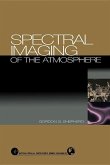The integration of classic field-gathered data with new computer models has allowed many new advances in geomorphology, which the 31st Binghamton Millennium Symposium 2000 presents in this latest of the well-known Binghamton book series, the Integration of Computer Modeling and Field Observations in Geomorphology. Conceptual models have been most commonly inferred from analyses of topography and investigator perspectives derived from fieldwork. The main stumbling blocks to understanding surface processes, their interactions, temporal changes, and resulting landforms are the difficulty of observation, geological timescales involved, spatial-scale dependencies, and the inability to attribute differences to either process or age. Physically based computer models have thus become essential tools, primarily because of their ability to explore spatial and temporal trends and to determine the sensitivity of physical inputs to change without the difficulties of identification and generalization associated with the complexity of field studies. Thus, the combination of both methods, or the integration of field methods with computer modeling become a very powerful mechanism for robust understanding. This new book presents topics on fluvial processes of overland and channelized flow in arid, humid, and periglacial areas of high and low relief, as well as work on interlinked biogeographic and geomorphic fluctuations in alpine terrain, and ground penetrating radar of coastal geomorphology. Issues of long-term evolution of drainage networks are addressed in natural systems, as well as stream-table environments, and terrain analyses characterize surficial and subsurface geomorphicfeatures by using GIS and remote sensing. Botanical and biogeomorphologic controls of landforms are assessed, along with issues of scientific visualization, cartographic representation, DEMs, spatial analyses, and scale dependencies.
Hinweis: Dieser Artikel kann nur an eine deutsche Lieferadresse ausgeliefert werden.
Hinweis: Dieser Artikel kann nur an eine deutsche Lieferadresse ausgeliefert werden.


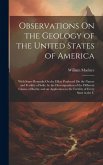
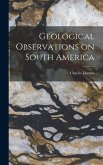
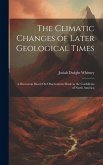
![Travels in North America, Canada, and Nova Scotia [microform]: With Geological Observations Travels in North America, Canada, and Nova Scotia [microform]: With Geological Observations](https://bilder.buecher.de/produkte/66/66197/66197776m.jpg)
